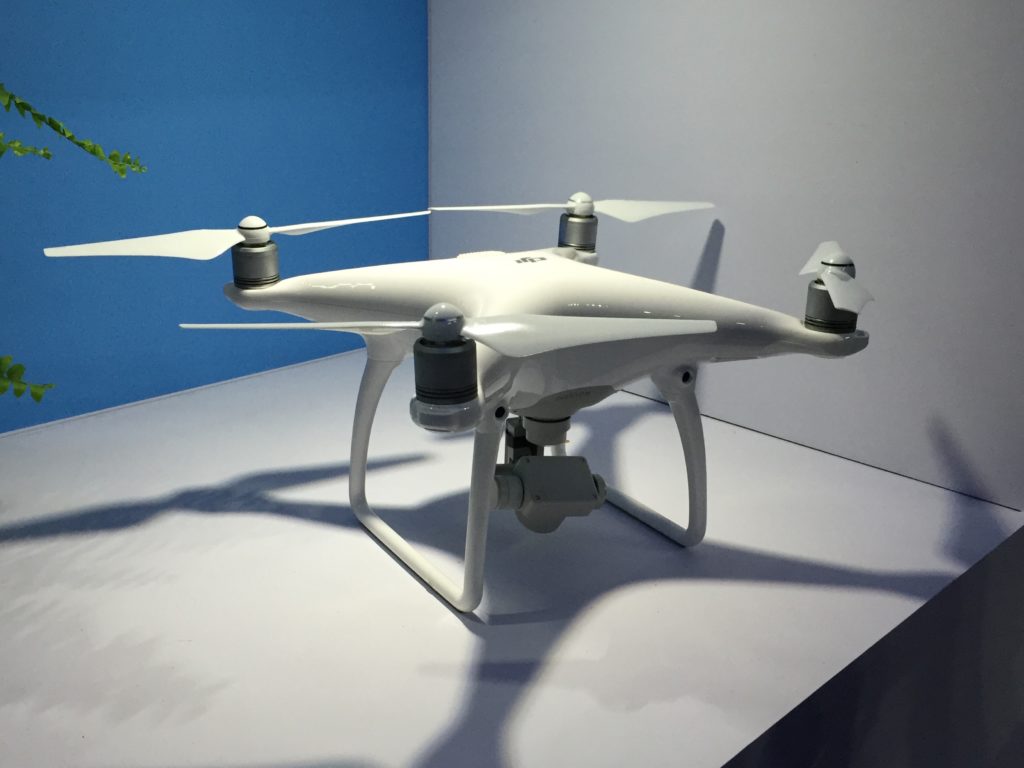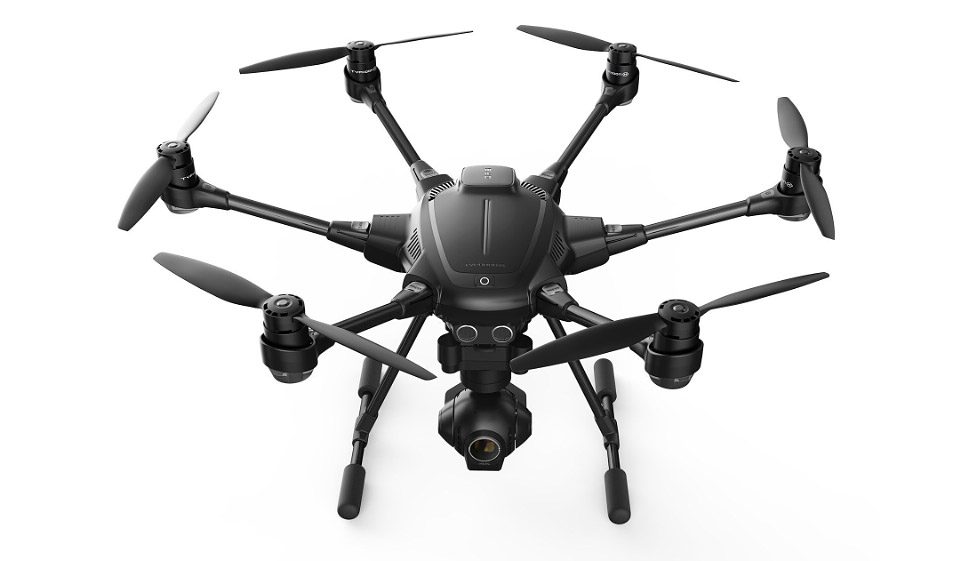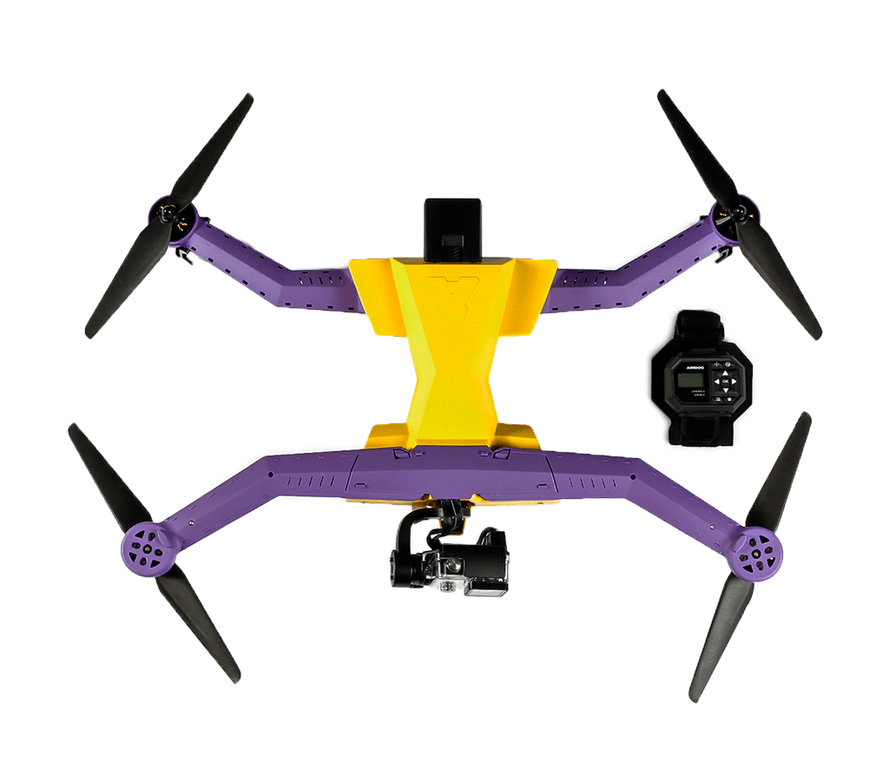There’s plenty to be excited about this year for consumer drone fans. On top of the recent release of the breathtaking new Phantom 4 from DJI, there are a bunch of other drones on the way packed with features and ready to take aerial photography to the next level.

Which features are going to change the way we use drones in 2016?
First up is obstacle avoidance. Last summer DJI announced its new sense and avoid technology, called Guidance. With a range of ultrasonic sensors, a processor, and multiple cameras, the system was a handy add-on for developers working with the DJI Matrice hardware platform. Now, DJI’s new consumer drone, the Phantom 4, comes with obstacle avoidance built in. This move has set the standard, and despite a range of releases expected from other manufacturers later in the year, should further cement DJI’s domination of the consumer market.

A potential competitor for the higher end of the consumer spectrum will be the Typhoon H from Yuneec. With a retractable landing gear, the ability to remain stable and land if one of its six motors fails and collision avoidance based on Intel® RealSense™ Technology , Yuneec could be ready to challenge DJI’s camera drone supremacy.
Second is ‘Follow Me’ capabilities. For consumers new to the drone market in 2016, the prospect of having your drone follow you around autonomously and film whatever you’re doing is an exciting one. The highly anticipated Lily drone has captured the imagination of the public like nothing else, partly due to a great promo video. And with foldable propellers and a waterproof body, it could be perfect for outdoor enthusiasts looking for something ultra-mobile and sturdy. As long as you’re carrying the ‘tracking device’, Lily should do the rest. It’s due for release in May this year.
![]()
Next up in the Drone Selfie wars we have the Airdog, which has already started shipping to adventure sports fans and is designed for use with a GoPro, following you via a virtual ‘leash’. You can read this for a detailed comparison of the Lily and the Airdog.

Other drones include 3DR’s Solo and the Hexo+, which flies autonomously and follows the user via a GPS tracking system. Like a number of manufacturers both have been specifically designed for use with a GoPro, and are out right now.
Then there’s the unknown quantity that is GoPro’s Karma drone. The GoPro Karma has got to be the best kept secret in the drone industry right now. Nobody knows what it looks like or its specifications, but mysterious marketing videos suggest it has the ability to follow and can maybe launch from mid-air.
Third is mid-air launch. For adventure and sports fans, the idea that you can just throw your drone up into the sky and it’ll handle the flight, follow you and film is too good to be true. For that reason drones with the ability to launch with minimum effort are bound to go down well. Under this category are the Lily, (hopefully) the GoPro Karma and the fixed-wing Parrot Disco.
Malek Murison is a freelance writer and editor with a passion for tech trends and innovation. He handles product reviews, major releases and keeps an eye on the enthusiast market for DroneLife.
Email Malek
Twitter:@malekmurison
Subscribe to DroneLife here.







[…] few notable consumer manufacturers have so far pioneered the way for collision avoidance systems, including DJI and Yuneec. The Phantom 4, released earlier this year, and Yuneec’s […]